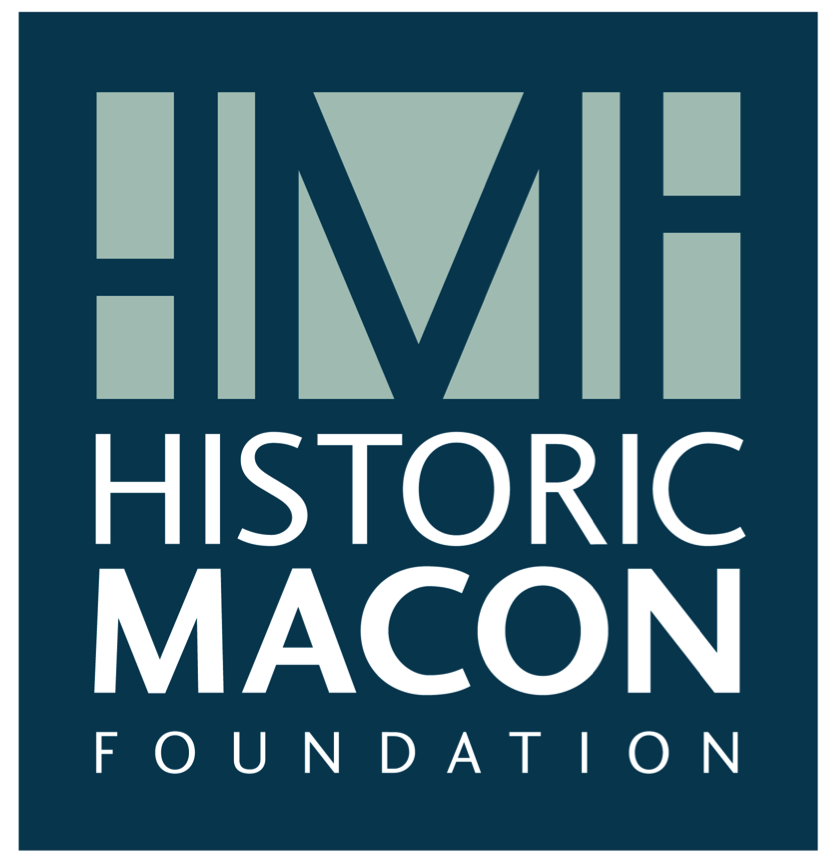When you’re getting acquainted with Macon, it doesn’t take much time to discover the abundance of our historic houses and the richness and variety of their design. Many times, our efforts to preserve a house reach beyond the value of the contributing design to include the fascinating stories of those who lived in them or those who designed them. This March, we are happy to highlight a few female architects from Macon who have helped shape the designs we have grown to know and love.
Despite the home often being considered “a woman’s place” in the early 1900s, women’s input on the design of said home had been minimal. Architectural work was one of many fields that men monopolized. In fact, Georgia Tech (the primary spot for architectural study in Georgia) didn’t allow women into its program until 1952. This forced Macon-born architect Leila Ross Wilburn to forge a different path. After mixing college courses and an apprenticeship to learn the trade, Wilburn became one of the first female architects in Georgia. She opened her own practice in 1908 in Atlanta. Forsaking an office among fellow architects, Wilburn established herself in a building with real estate agents and developers, using those connections to expand her reach and grow her network. Her focus was exclusively residential, and she promoted the design of houses that were accessible to the average family.
Wilburn was passionate about “small domestic architecture,” evidenced by the distribution of her designs through plan books.
The New Georgia Encyclopedia puts it this way,
Her stock plans were featured in such publications as Ideal Homes of Today and Southern Homes and Bungalows. They were available to carpenters, bricklayers, developers, and builders, who purchased working drawings and erected bungalows, cottages, and ranch houses—in general, as the title of one of her plan books described them, "small low-cost homes" for the South. Wilburn-designed houses proliferated throughout neighborhoods and suburbs of Atlanta and elsewhere in Georgia, where there are more houses by Wilburn than by any other architect from any period.
By making her designs accessible to all, they became part of the Georgia fabric. And while Wilburn revolutionized the layman’s accessibility to house plans, Ellamae Ellis League was hot on her heels in Macon, pushing the boundaries even further. Like the other women of the time aiming to pursue architecture as a career, League was forced to take an unconventional path to her certification. After the required 10 years of serving as an apprentice, she passed the weeklong exam and officially opened her own practice in 1934. Besides planning residential properties, League made her mark in every type of design environment imaginable.
According to the New Georgia Encyclopedia,
In 1934 only 2 percent of American architects were women, and women who were principals in their own firms were practically nonexistent. Most women architects specialized almost exclusively in domestic architecture—they were considered to have a better "feel" for house design. League, in contrast, took on a variety of jobs, including Public Works Administration commissions. She designed many churches, schools, and hospitals, which were her favorite projects because they were so complex, and because they were buildings in which people were helped. Her firm did not attempt to establish its own distinctive design style but followed the Ecole des Beaux-Arts philosophy that buildings should fulfill the functional requirements of the owner and be aesthetically pleasing both to the owner and to the public.
Her designs have proven integral to our community. Maconites still pass her work on a daily basis. The Medical Center, Mulberry United Methodist Church, and numerous homes in the Shirley Hills neighborhood are all fine examples of her work. Some of her notable designs, such as the old Ballard-Hudson High School, are no longer standing, but they remain strong in the memories of those who grew up in Macon. We are happy to claim League as a fellow preservationist too! After the threat of demolition, she advocated to save the Grand Opera House and undertook the restoration design herself from 1968-1970. In 1968 League became the fourth woman in the U.S. to be elected a fellow of the American Institute of Architects (FAIA) and was the only woman fellow in Georgia upon her death in 1991.
The work of both Wilburn and League have shaped the fabric of Southern life and living. They are shining examples of the benefits of having an inclusive culture in the field of architecture. At HMF, we are happy to boast the talents of our own female architect, Shannon Fickling. Earning a master of architecture from Georgia Tech, she is a registered architect and member of the American Institute of Architects (AIA). Currently serving as our Preservation Project Manager, Fickling joins the ranks of those before her as a pioneer in the field, as an architect whose work is making a difference in our community.






